Marine Composites. Design and Performance/Морские композиты. Дизайн и производительность
Издание на английском языке
The marine environment is challenging for traditional engineering materials due to the corrosion of metals or the bio-deterioration of natural materials. Consequently, the use of fiber-reinforced polymer matrix composites in the seas and oceans has grown in diversity of components, the size of structures and production numbers. Composites consistently demonstrate good performance, with many technologies and developments only realized because of their use. This chapter introduces the book, signposts to the topics covered, and briefly considers some of the recent innovations not otherwise included in the text.
This book comprises two distinct sections and many of the topics build on those covered within MAAFRC. In Part one, the focus is on the materials and the processes associated with them. Chapter 1 describes materials selection for marine composites, which leads to Chapter 2, detailing thermoplastic matrices for composites. The ability of composites to withstand hostile environmental conditions are covered in Chapters 3–5. Chapter 6 considers using composites effectively for marine structures, both in terms of acquisition cost and savings due to weight reduction. Whilst manufacturing sandwich structures was described in Chapter 3 of MAAFRC, this book contains a review of core materials for sandwich structures in Chapter 7. Composite manufacturing methods were described in Chapter 2 of MAAFRC and this is developed further in Chapter 8, dealing in particular with the techniques required to infuse large scale structures. Novel materials are discussed, be they smart materials (Chapter 9) or an innovative variation on existing, well known materials (Chapter 10).
Part two focuses on specific applications of composites. The marine renewable sector is dealt with specifically in Chapter 11 (foundations for offshore wind turbines) and Chapter 12 (marine renewable devices), complementing Chapter 9 of MAAFRC.
Chapter 13 considers the application and modeling of composite propellers, whilst Chapter 14 describes composite marine hoses. Chapter 15 describes large yacht masts, as a complement to MAAFRC Chapter 12 on the use of composites within the yacht rigging market. Finally, the use of composite materials for mooring applications is covered in Chapter 16.
Contents
Contributors
Preface
Acknowledgments
Part One Materials and process engineering
Section A Materials selection, characterization and performance
1 Materials selection for marine composites
John Summerscales
1.1 Introduction
1.2 The matrix
1.3 The reinforcement
1.4 The fiber-matrix interface
1.5 Reinforcement forms
1.6 Sandwich structures
1.7 Degradation of marine composites
1.8 Life cycle considerations
1.9 Conclusions
Acknowledgments
References
2 Thermoplastic matrix composites for marine applications
Mael Arhant, Peter Davies
2.1 Introduction
2.2 Material options
2.3 Manufacturing options
2.4 Influence of the marine environment on thermoplastic composites
2.5 Underwater structures
2.6 Repair
2.7 Recycling and environmental impact
2.8 Conclusion
References
3 Experimental and theoretical damage assessment in advanced marine composites
Phuong Tran, Abdallah Ghazlan, Tu Phan Nguyen, Rebecca Gravina
3.1 Introduction
3.2 Damage to marine structures
3.3 Nondestructive damage detection for maritime composites
3.4 Numerical and theoretical modeling of composite damages
3.5 Conclusions
References
4 Durability testing and evaluation of marine composites
Oliver Parks, Paul Harper
4.1 Introduction
4.2 Loading and durability requirements
4.3 Material selection
4.4 Current sea water conditioning techniques
4.5 Mechanical testing of saturated specimens
4.6 Defining the limits of accelerated aging techniques
4.7 Modelling of accelerated moisture absorption
4.8 Constituent-level predictive methods
4.9 Summary and future work
References
5 Fire performance of maritime composites
Quynh Thuy Nguyen, Phuong Tran, Xin Ren, Guomin Zhang, Priyan Mendis
5.1 Introduction
5.2 Advanced polymer composites and design for maritime fire
5.3 Test methods and requirements for fire safety of maritime composites
5.4 Fire reaction of maritime composites
5.5 Structural performance of maritime composite during fire and postfire mechanical performance
5.6 Numerical analysis of naval composite structure performance in fire
5.7 Enhancement of maritime composite structures subjected to fire
5.8 Conclusions
References
Further reading
6 Effective use of composite marine structures: Reducing weight and acquisition cost
Luis F. Sanchez-Heres, Jonas W. Ringsberg, Erland Johnson
6.1 Introduction
6.2 General objective and methodology
6.3 Material safety factors
6.4 Material characterization
6.5 Structural design exploration
6.6 Conclusions
References
Section B Sandwich structures
7 Core materials for marine sandwich structures
Nikhil Gupta, Steven Eric Zeltmann, Dung D. Luong, Mrityunjay Doddamani
7.1 Introduction
7.2 PVC foams
7.3 Syntactic foams
7.4 Summary
Acknowledgments
References
Section C Manufacture
8 Resin infusion for the manufacture of large composite structures
Ned Popham
8.1 Introduction
8.2 Physics of resin infusion
8.3 Materials selection and characterization
8.4 Tooling
8.5 Plant equipment, setup, and redundancy
8.6 Infusion prediction, strategy, and setup
8.7 Resin delivery and management
8.8 Manufacturing process
8.9 Process control and preinfusion checks
8.10 Postinfusion management
8.11 Conclusion/summary
References
Section D Advanced concepts and special systems
9 Smart composite propeller for marine applications
H.N. Das, S. Kapuria
9.1 Introduction
9.2 Flow solution
9.3 Deformation of composite propeller
9.4 Modeling of shape memory alloy
9.5 Fluid-structure interaction
9.6 Material failure
9.7 Analysis of different propellers
9.8 Conclusions
References
Further reading
Part Two Naval architecture and design considerations
10 A structural composite for marine boat constructions
Alexandre Wahrhaftig, Henrique Ribeiro, Ademar Nogueira
10.1 Introduction
10.2 Basic core materials
10.3 Composite structure concepts
10.4 Economic viability
10.5 Case study: A vessel structural computational design
10.6 Conclusions
References
Part Three Applications
11 Offshore wind turbines
Puyang Zhang
11.1 Introduction
11.2 The load-bearing characteristics of composite bucket foundation
11.3 Model tests on the bearing capacity of composite bucket foundation
11.4 Model tests on the installation of composite bucket foundation
11.5 Conclusions
References
12 Marine renewable energy
Ramona B. Barber, Michael R. Motley
12.1 Introduction
12.2 Bend-twist deformation coupling
12.3 General turbine design parameters
12.4 Composite-specific design considerations
12.5 Potential performance benefits of composites
12.6 Conclusions
References
Further reading
13 Propulsion and propellers
Y. Hong, X.D. He, G.F. Qiao, R.G. Wang
13.1 Introduction
13.2 The characteristics of composite propeller
13.3 The calculation and evaluation method of composite propeller
13.4 Performances of composite propeller
13.5 Conclusions and future trends
References
14 Offloading marine hoses: Computational and experimental analyses
Maikson L.P. Tonatto, Pedro Barrionuevo Roese, Volnei Tita, Maria M.C. Forte, Sandro C. Amico
14.1 Introduction
14.2 Types of models
14.3 Offloading hoses: Computational and experimental analyses
14.4 Concluding remarks
Acknowledgments
References
15 Modern yacht rig design
Hasso Hoffmeister
15.1 Introduction
15.2 “Why” is a rig?
15.3 Modern rig configurations
15.4 Selected design considerations
15.5 Why weight savings?
15.6 Material selection
15.7 Rig analysis technologies
15.8 Statics and dynamics
15.9 Rig loads
15.10 Design criteria; safety margins, reserve factors
15.11 Future trends
References
Further reading
16 Composite materials for mooring applications: Manufacturing, material characterization, and design
Eduardo A.W. de Menezes, Lais V. da Silva, Filipe P. Geiger, Rog_erio J. Marczak, Sandro C. Amico
16.1 Introduction
16.2 Design of composite cables
16.3 Mathematical modeling of cables with linearized kinematics
16.4 Manufacturing of composite cables
16.5 Mechanical characterization and aging of composite cables
16.6 Finite element modeling of composite cables
16.7 Concluding remarks
Acknowledgments
References
Index
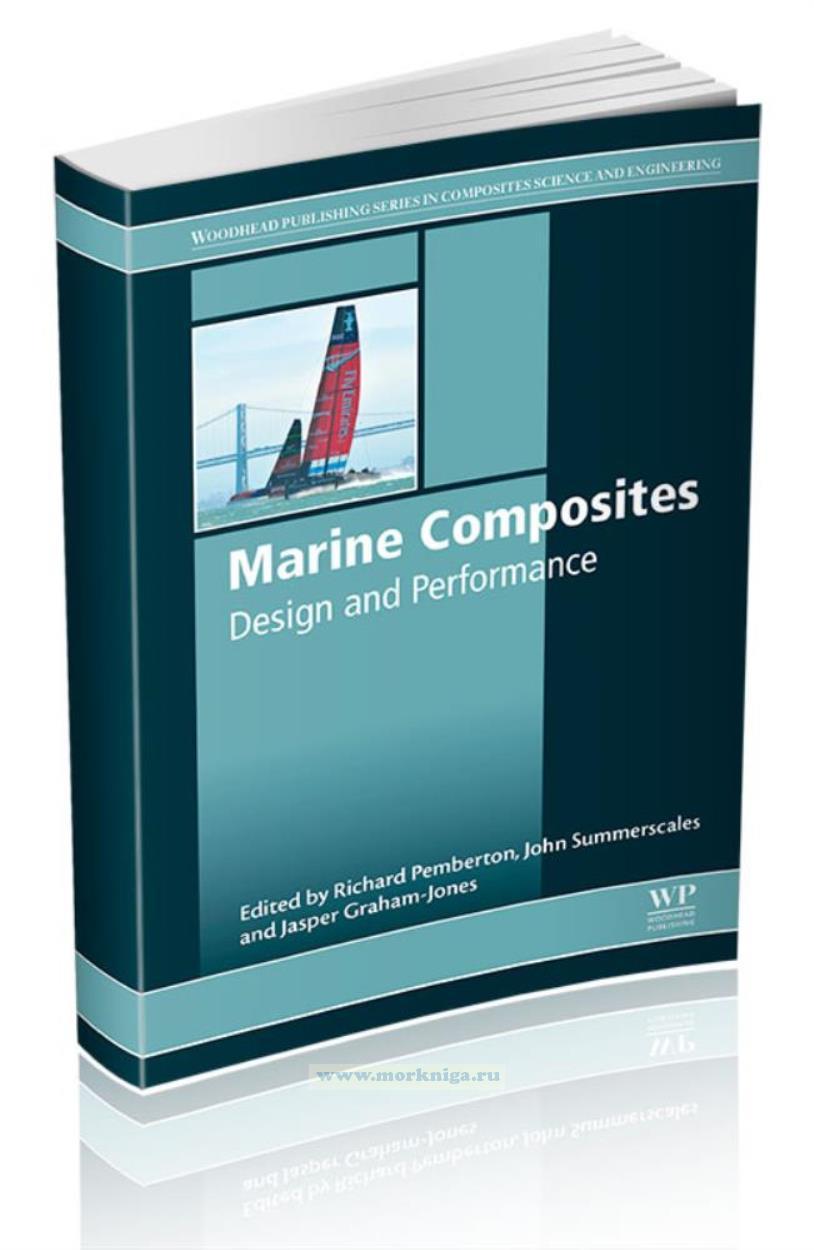
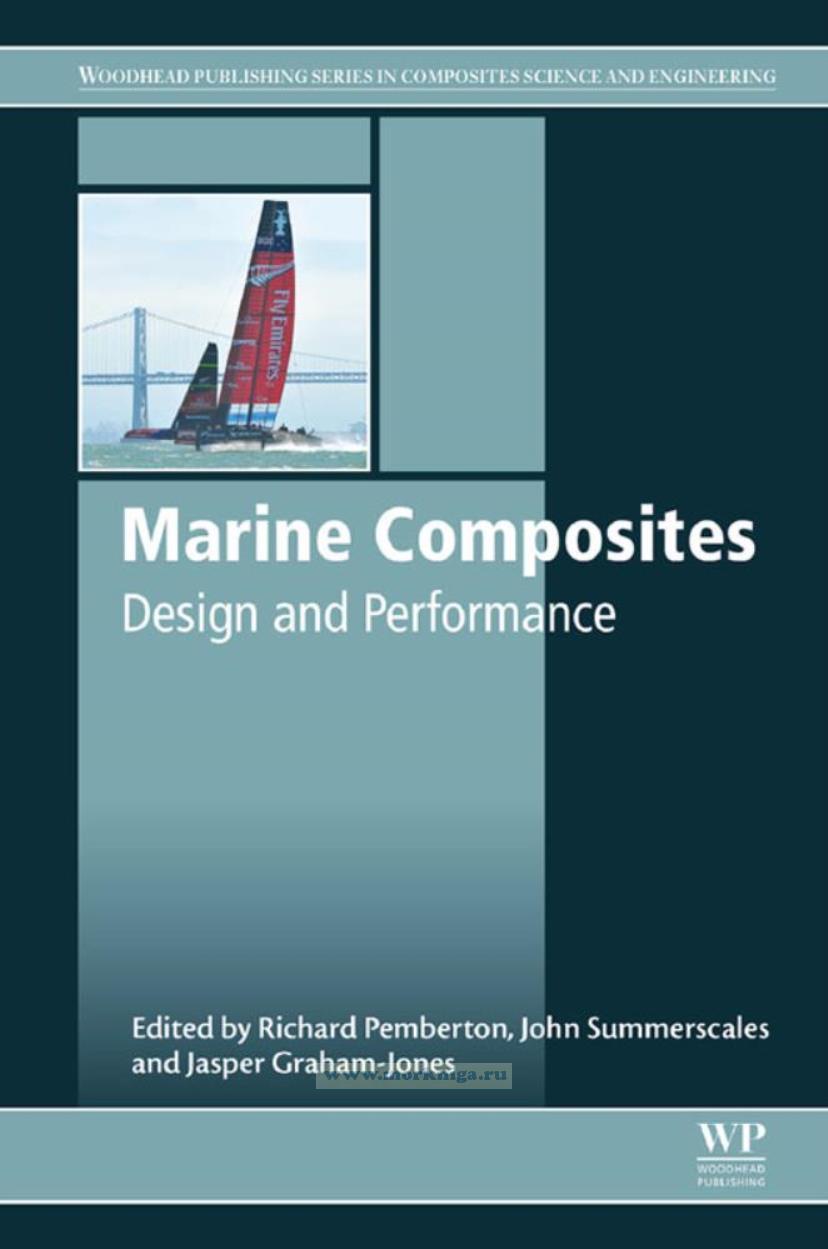
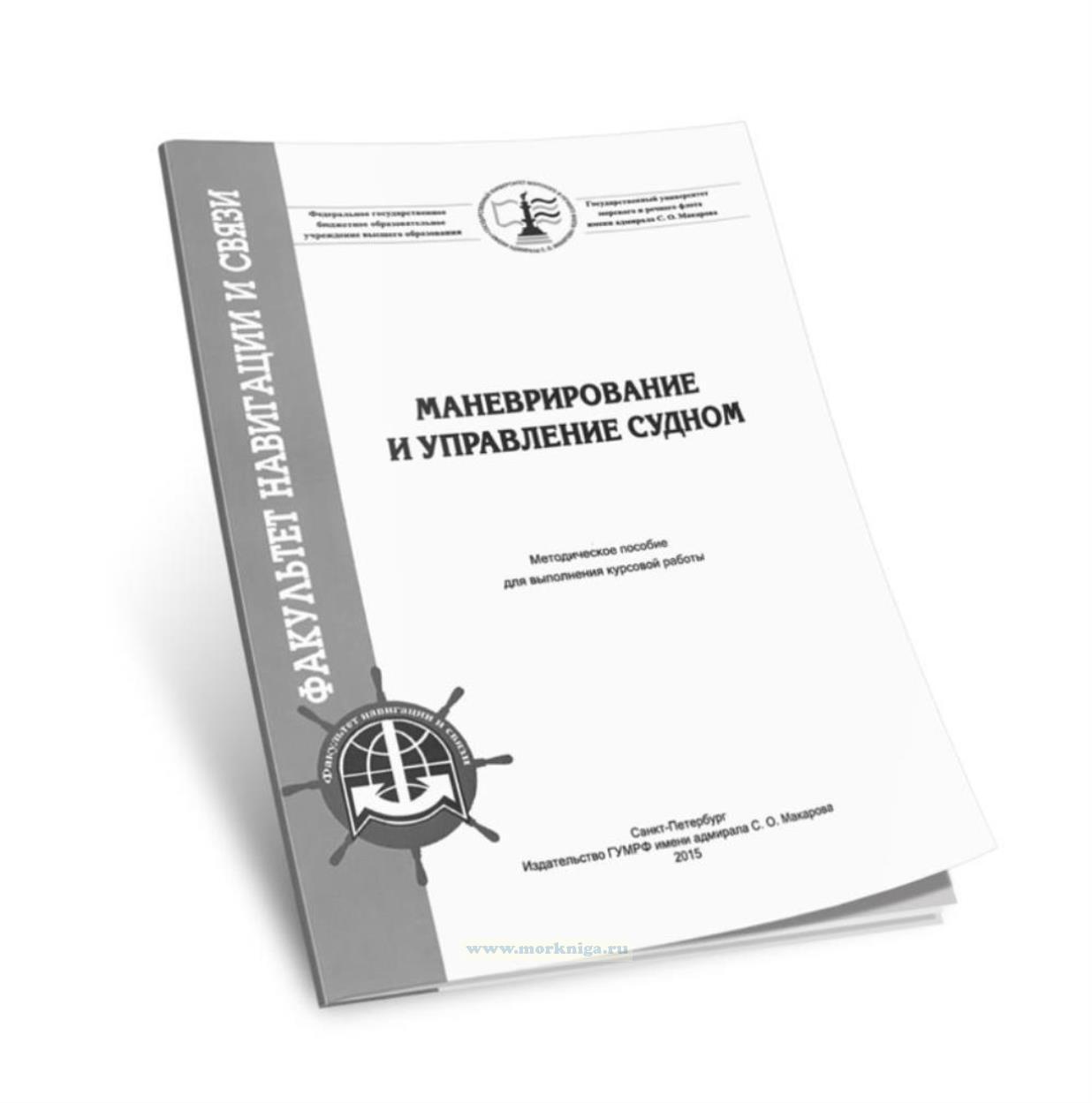 Маневрирование и управление судном: методические указания по выполнению курсовой работы
Маневрирование и управление судном: методические указания по выполнению курсовой работы 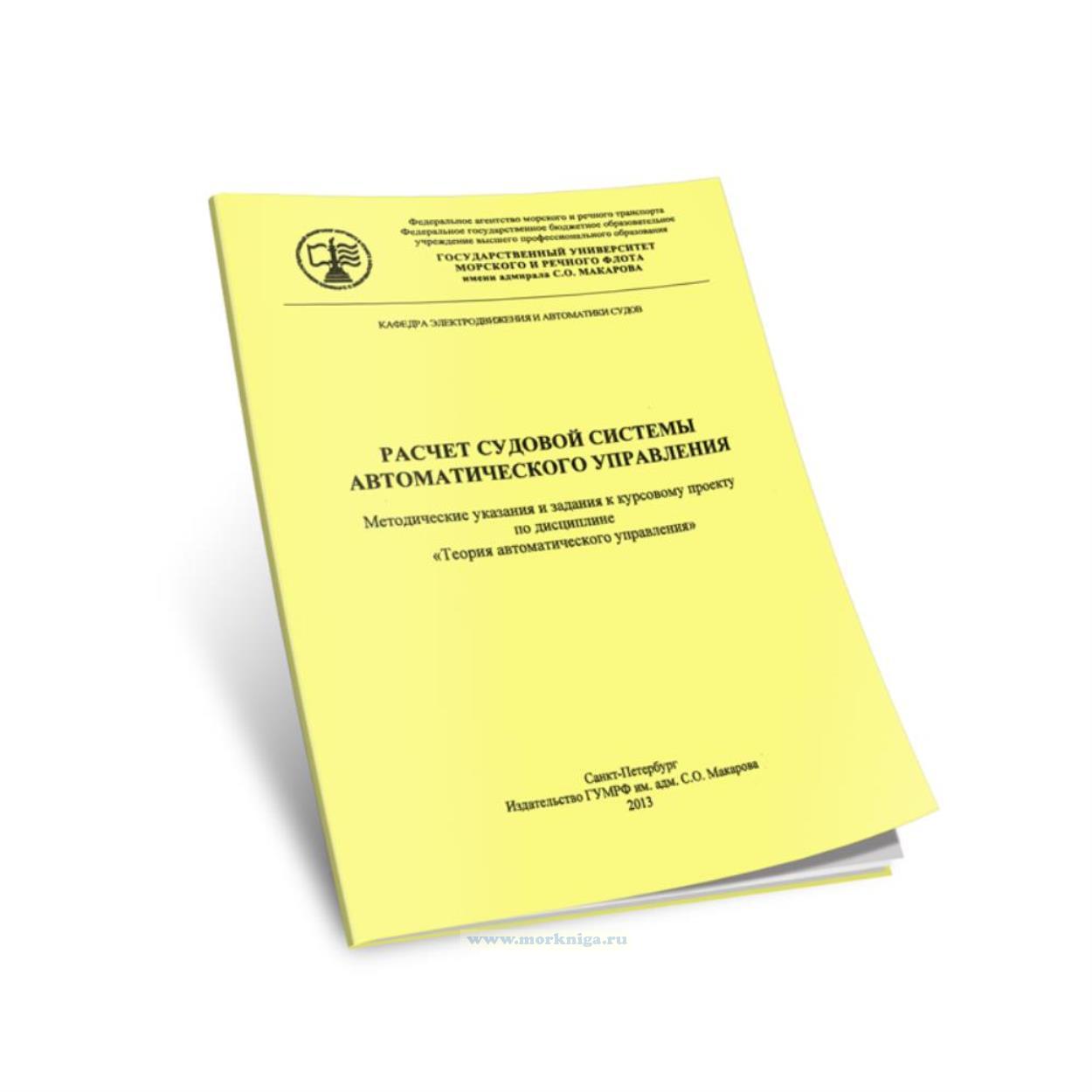 Расчет судовой системы автоматического управления: методические указания к курсовому проекту по дисциплине "Теория автоматического уп
Расчет судовой системы автоматического управления: методические указания к курсовому проекту по дисциплине "Теория автоматического уп 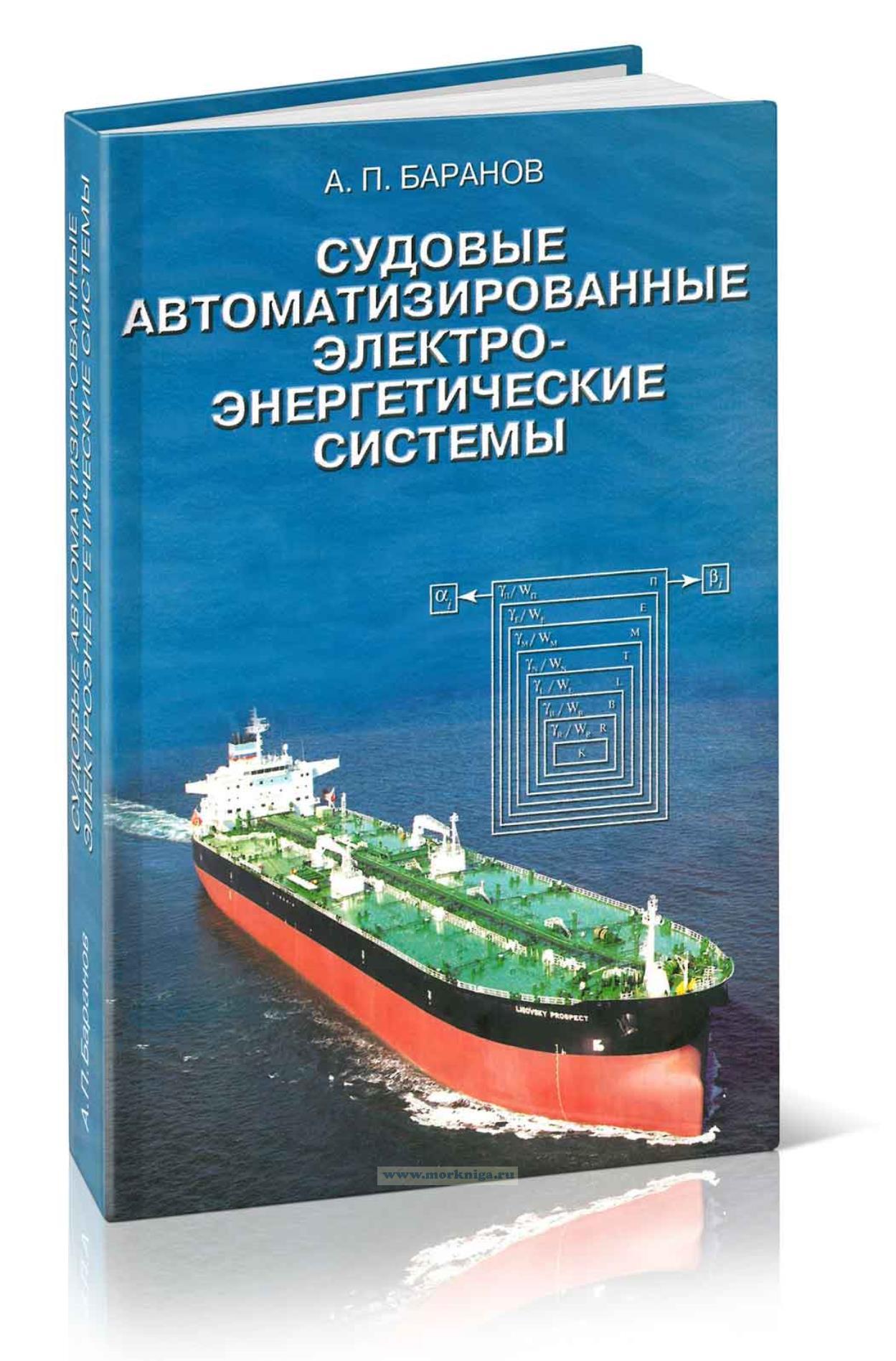 Судовые автоматизированные электроэнергетические системы
Судовые автоматизированные электроэнергетические системы